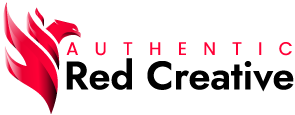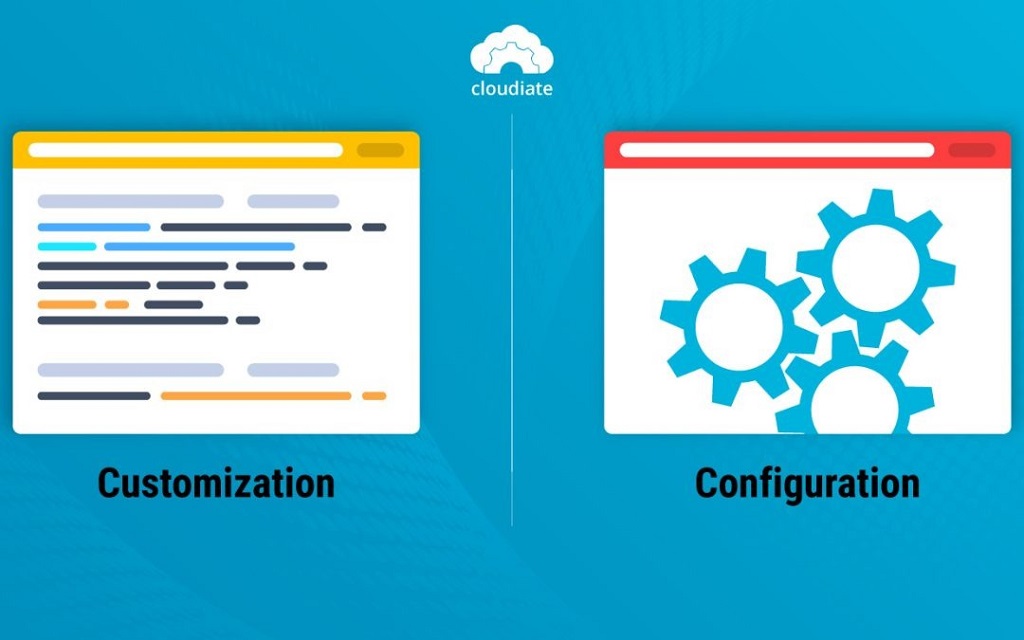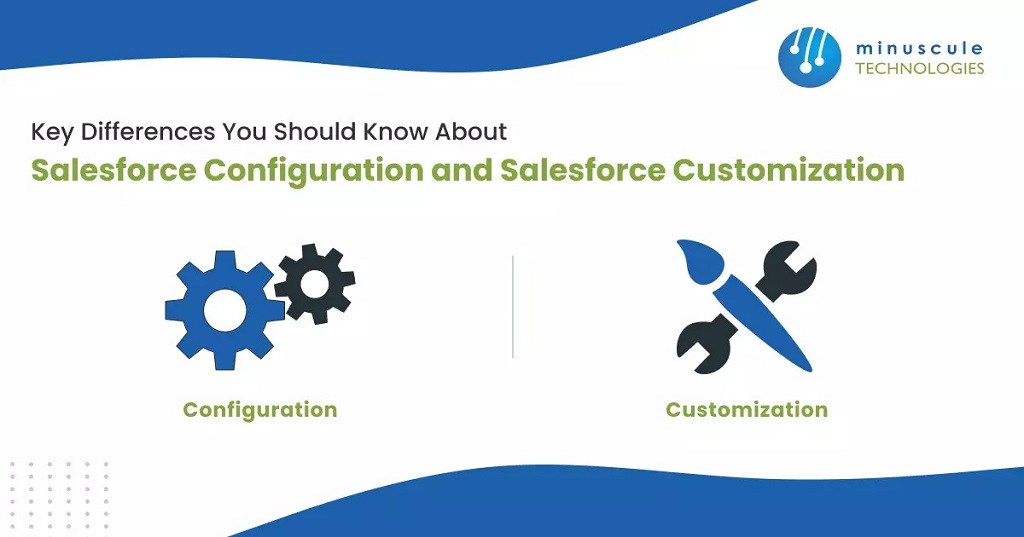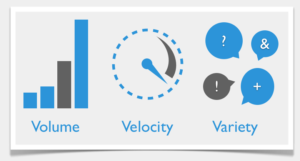Salesforce is a powerful Customer Relationship Management (CRM) platform that can be tailored to meet the specific needs of businesses of all sizes. However, understanding the difference between Salesforce configuration and customization is crucial for maximizing the platform’s potential.
This article will delve into the key distinctions between these two approaches, helping you make informed decisions about how to optimize your Salesforce implementation.
What is Salesforce Configuration?
Salesforce configuration involves leveraging the platform’s built-in features and functionalities to adapt it to your business requirements. This is typically achieved through a point-and-click interface, without the need for any coding.
Key characteristics of Salesforce configuration include:
- No coding required: Configuration can be performed by administrators with minimal technical expertise.
- Relatively quick and easy to implement: Changes can be made quickly and easily, with minimal disruption to the system.
- Less expensive than customization: Configuration is generally more cost-effective than customization, as it does not require the involvement of developers.
- Limited flexibility: Configuration is limited to the features and functionalities that are already available within Salesforce.
Examples of Salesforce configuration include:
- Creating custom fields, objects, and page layouts
- Defining workflow rules and approval processes
- Configuring reports and dashboards
- Setting up user profiles and roles
What is Salesforce Customization?
Salesforce customization involves modifying the platform’s underlying code to add new features or functionalities that are not available out-of-the-box. This typically requires the expertise of a Salesforce developer.
Key characteristics of Salesforce customization include:
- Requires coding expertise: Customization involves writing custom code using languages like Apex and Visualforce.
- More complex and time-consuming to implement: Customization can take longer to implement than configuration and may require more extensive testing.
- More expensive than configuration: Customization is generally more expensive than configuration, as it requires the involvement of developers.
- Greater flexibility: Customization offers greater flexibility than configuration, as it allows you to create unique and tailored solutions.
Examples of Salesforce customization include:
- Creating custom applications and integrations
- Developing custom objects and fields with complex logic
- Building custom reports and dashboards with advanced functionalities
- Implementing complex workflow automation
Read More Also: The Top Reasons People Succeed in the Secure Mobile Apps Industry
When to Choose Configuration
Configuration is typically the preferred approach when:
- You need to make relatively simple changes to the system.
- You have limited budget and resources.
- You want to minimize the risk of disruption to the system.
- You require a quick and easy solution.
When to Choose Customization
Customization is typically the preferred approach when:
- You need to implement complex business logic or integrations.
- You require unique functionalities that are not available out-of-the-box.
- You have the budget and resources to invest in development.
- You are willing to accept the increased risk and complexity associated with customization.
Key Differences Summarized
| Feature | Configuration | Customization |
|---|---|---|
| Complexity | Low | High |
| Cost | Low | High |
| Time to Implement | Quick | Longer |
| Flexibility | Limited | Greater |
| Technical Expertise Required | Minimal | Significant |
| Risk | Low | Higher |
Conclusion
Both Salesforce configuration and customization have their own strengths and weaknesses. The best approach for your business will depend on your specific needs, budget, and resources. By understanding the key differences between these two approaches, you can make informed decisions about how to optimize your Salesforce implementation.
FAQ
Q: Can I switch from configuration to customization later?
A: Yes, you can switch from configuration to customization at any time. However, it is important to carefully consider the implications of making such a change, as it can increase the complexity and cost of your Salesforce implementation.
Q: Should I always choose the simplest solution?
A: Not necessarily. While configuration is often the simpler and more cost-effective option, it may not always be the best solution for your business needs. If you require unique functionalities or complex integrations, customization may be the more appropriate approach.
Q: How can I determine which approach is right for me?
A: The best way to determine which approach is right for you is to consult with a Salesforce expert. They can help you assess your business requirements and recommend the most appropriate solution.
By carefully considering your needs and consulting with experts, you can ensure that you choose the right approach for your Salesforce implementation.







